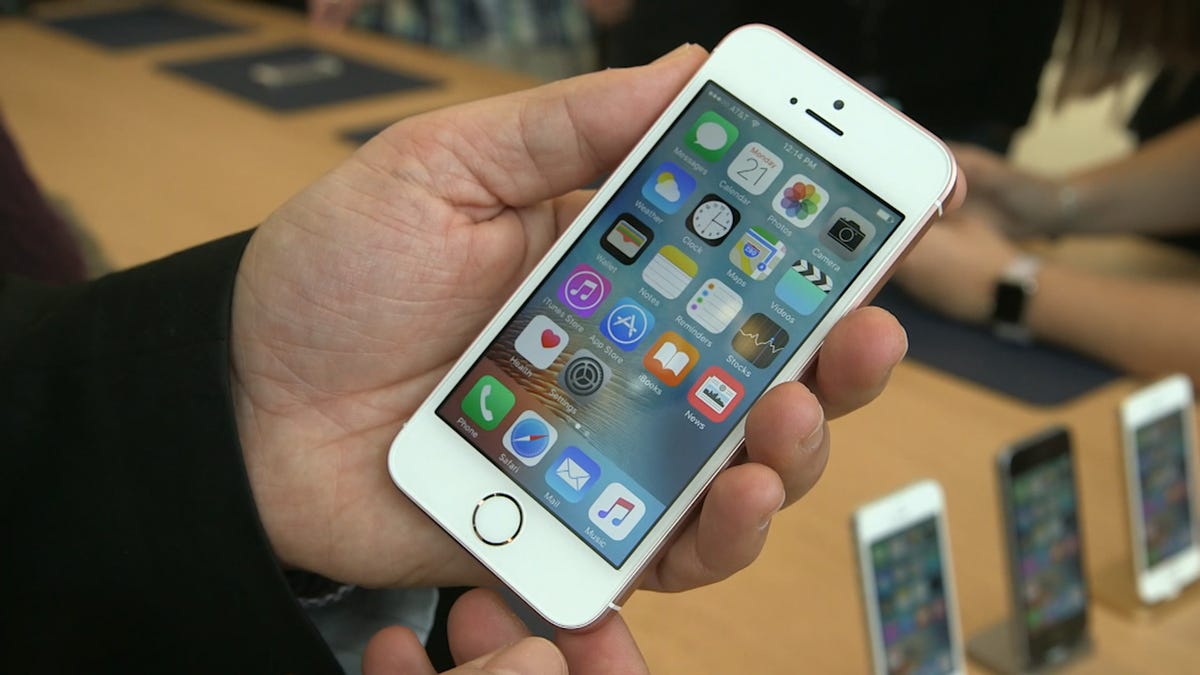iPhone SE fails to catch on during opening weekend
Apple's new 4-inch phone hits the market at at snail's pace compared with the iPhone 5S and the various iPhone 6 and 6S models.
Apple's iPhone SE isn't off to a great start, judging by stats from one analytics firm.
During its first official weekend of sales, the new SE snagged just a 0.1 percent share of all iPhones, Localytics said Monday.
That's well off the opening-weekend pace established by its recent predecessors. For example, the iPhone 6 logged in at 2 percent, the iPhone 6S at 1 percent and the iPhone 5S at 0.9 percent.
It's a snail's-pace start foretold by the absence of the long lines at Apple stores that have typically greeted new iPhone models.
The iPhone SE, which starts at $399, is Apple's attempt to offer a budget-friendly phone with most of the higher-end features in the top-of-the-line, big-screen 6S. It arrives as sales growth has slowed for the iPhone, the biggest driver of Apple's monstrous revenue.
Apple is aiming the SE at people who haven't upgraded for several generations of the iPhone, as well as at consumers who prefer the smaller size.
In particular, it's looking for people to buy the SE to replace the aging iPhone 5, its last go at phones with 4-inch screens before shifting to the more generously proportioned iPhone 6 and 6 Plus in 2014. Collectively, the iPhone 5, 5S and 5C hold a 30 percent share of all iPhones, according to Localytics.
A lackluster opening weekend doesn't have to mean doom and gloom for the new iPhone. Many owners of the iPhone 5 could simply be waiting for their annual upgrade to kick in before picking up the SE. The next several months will tell if Apple consumers around the world are still interested in small phones or if they're waiting for the next big-screened iPhone to debut in September.
To compile data for this report, Localytics examined the number of iPhones running apps that it tracks. The firm analyzes more than 100 million iPhones and 50 million iPads to find the percentage each model makes up within the market.
Apple did not immediately respond to a request for comment.


